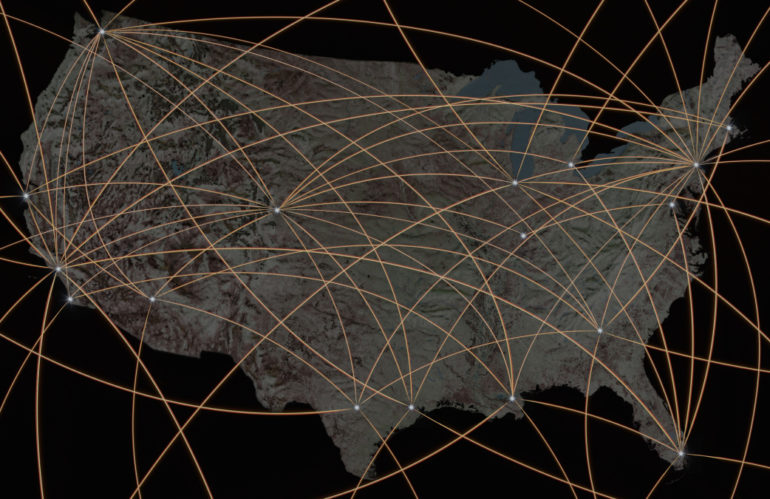
Raise your hand if you’’ ve been here prior to: You spent for web service that either isn’’ t in fact as quickly as it ’ s expected to be or stealthily costs more than the web service supplier( ISP )stated it would. Since ISPs are typically not genuine enjoyable to deal with, #peeee
I presume every single individual reading this has their hand in the air. In this remote work age, house web service has actually never ever been more crucial, however so typically it can feel difficult to understand exactly what you’’ re getting when you turn over a lot of money to have a signal pumped into your house. Sure, the ISP site states you’’ re spending for 300Mbps download speeds, however Speedtest informs a completely various story. (Note: Mashable and Speedtest are both owned by the exact same moms and dad business, Ziff Davis)
Great news: Some of these issues will be distant memories thanks to a brand-new FCC order released in late January. By November 2022, ISPs will be needed to supply ““ nutrition labels ” for their services that inform customers the genuine story rather of the sterilized marketing variation. Considering that web services wear’’ t have calories or caffeine, it can be kind of difficult to cover your head around what precisely these labels will inform you.
Let’’ s go into it.
What do these labels repair about house web service? A sample label from back when the FCC initially presented these labels.Credit: FCC
A sample label from back when the FCC initially presented these labels.Credit: FCC
Typically, when you’’ re registering to get that sweet web juice routed into your home, your ISP of option supplies some fundamental details about the service. It’’ ll provide you an optimum theoretical download speed and a month-to-month information cap if there is one, however you won’’ t truly understand how the service carries out up until it’’ s attached and prepared to go. The FCC’’ s brand-new order will need companies to put together nutrition labels that might look a horrible lot like what you see on the back of a box of cereal, however with beneficial info about their services rather.
It’’ s worth keeping in mind that the FCC initially developed this concept in April 2016, however at the time, ISPs weren’’ t needed to abide by the guideline. All of us understand how excited business are to follow guidelines they aren’’ t in fact needed to follow. Thanks to this brand-new judgment, nevertheless, they lastly are.
Here’’ s what you may anticipate to discover on these labels, based upon a sample the FCC accompanied with the 2016 statement. The FCC does not have actually upgraded samples yet, so a few of this might be subject to alter:
Monthly expense, both for a long-lasting agreement and a month-to-month strategy if required
Data caps, consisting of excess charges
Any covert charges like activation and setup expenses
Typical download and upload speeds, not simply idealized optimum speeds
The last 2 points on that list are so, so vital. It’’ s not that tough to determine the regular monthly expense based upon the little info suppliers provide you at the point of sale, however $100 for the very first month of service can quickly double or perhaps triple when you consider the expenses of activation and setup. And anybody who frequently evaluates their web speed understands that limit speed you spend for isn’’ t constantly what you get.
.SEE:. Want to assist close the digital divide? Utilize the FCC Speed Test app.
In reality, depending upon your place, company, and variety of gadgetslinked at a time, it may never ever be that quick. A previous home of mine was expected to get 200Mbps download speeds and would often be available in at less than 10 percent of that speed. Dreadful.
Once ISPs begin offering these labels, customers will at the minimum have a more precise photo of what ’ s being used. Will this repair the other myriad issues with web in the U.S., like spotty service protection in backwoods? Not on its own, though the FCC did devote $1.2 billion to rural broadband growth in the very same week. Quickly, service providers will no longer be able to deceive consumers into paying too much for a service that isn ’ t almost as reputable as it declares to be.
A little openness never ever injured anybody.
.
Read more: mashable.com
